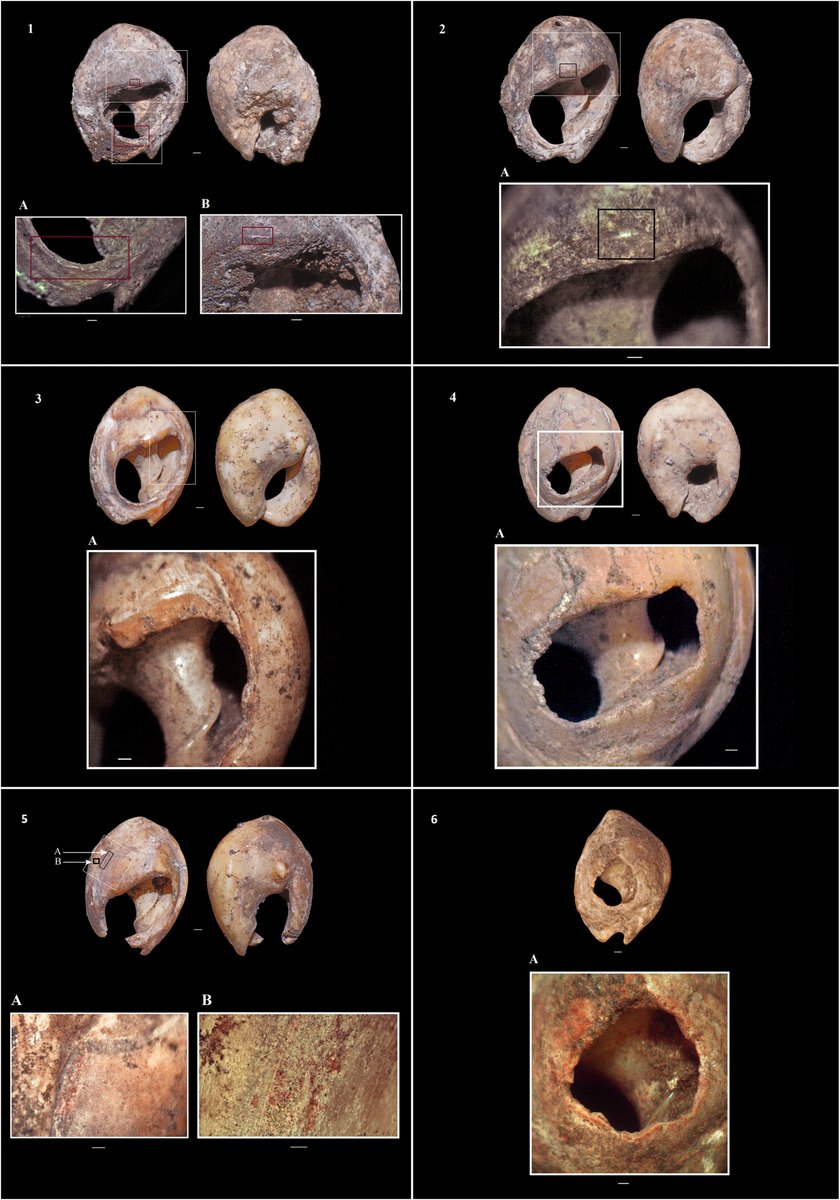
OK Africa! Reading p.81 of #TheDawnOfEverything I'm seized by the impulse to hurl the book across the room -- but it's hefty and would endanger the health and safety of my 🐇Jack! 1/
https://twitter.com/radicalanthro/status/1453343318516060170?s=20
Very unimpressed by several pages of mumbled excuses for leaving Africa out of this 'new' history of humanity. Saying "cranial remains and the occasional piece of knapped flint...is ..all we have" is just bollux!
2/
2/

True, the Late Middle Pleistocene, period of our speciation, showed very diverse morphology and technology across Africa. All the more remarkable then is the extraordinary homogeneity of cultural signalling and media found across N, E. and S. Africa
3/
3/
Why does this matter? Africa was the first place -- by a long way -- where humans conducted 'bold social experiments -- including language itself, art, ritual, kinship, gender, song, dance actually #TheDawnOfEverything
4/
https://twitter.com/radicalanthro/status/1452992372506349573?s=20
4/
The timeframe of 300,000 years for the 1st stage of our speciation (the flatter face) is 10x as long as the 30,000 upper limit of Graeber/Wengrow's study. The 2nd stage of our speciation (globular skull) is 6 or 7x as old, and so probably is symbolic culture itself
5/
5/
So what do G + W leave out which dominates the culture of populations of N., E. & S. Africa, thru the whole period of our speciation? Ochre (iron oxide) pigments, grindstones used for processing, down to ochre crayons, engraved ochres, paint kits and ochre-stained shell beads
6/
6/
Luckily, Radical Anthropology has a resident world expert on the African Middle Stone Age (MSA) pigment record. For three decades, Ian Watts has highlighted the role of MSA pigments, and I'll show you some of his work. Ian is now in the UCL Anthropology dept
7/
7/

The ochre record, overwhelmingly RED ochre, provides one of the only examples of a cumulative cultural tradition as we became 'modern' humans. It starts up before we are even H sapiens, builds up in the 1st stage of speciation (c.300 ka), and explodes around the 2nd stage 8/
Ian has worked with the oldest human pigments from Wonderwerk, Northern Cape, blood red haematite and glittery specularite, dating back half a million years. In the back of gloomy Wonderwerk, these materials only make sense in a 'ritual' firelit display
journals.uchicago.edu/doi/abs/10.108…
9/

journals.uchicago.edu/doi/abs/10.108…
9/


Intensively valued at the Northern Cape sites, specularite (a type of haematite) may have been transported 170 km -- almost unheard of at that date! Similarly, in Kenya c.300 ka, pigments appear with long distance transport of valued obsidian
science.org/doi/10.1126/sc…
10/
science.org/doi/10.1126/sc…
10/
Ian has tracked the change of frequencies of pigment used at the deep layered MSA site of Border Cave in South Africa, and found a sudden jump between c.200 ka and 160 ka -- right around the 2nd stage of our speciation. Ochre use after that never declined from this plateau.
11/
11/

Border Cave materials very likely came from Lion Cavern -- Ngwenya mines (Eswatini) where MSA peoples went to get haematite. These are the oldest mines in the world. And haematite was part of an MSA 'gold' rush
worldheritagesite.org/tentative/id/5…
12/
worldheritagesite.org/tentative/id/5…
12/

Meanwhile in the Moroccan MSA, dating for large blocks of ochre accompanying ochre-residued shell beads are also being pushed back to 140 ka at Bizmoune
13/

13/


At Blombos (140-70 ka) on the S. African coast, Ian analysed colour selection patterns associating to use of materials, finding the more saturated and red the pigments, the more intensively they were ground. Blombos is famous for engraved ochres, paint kits and shell beads
14/

14/


And looking at these exquisite Diepkloof red ochre crayons, it's difficult not to think these were being used for purpose of design of surfaces, including forms of body paint
15/
15/

The use of ochre and shell beads at the world's oldest burial sites (Skhul and Qafzeh, on the gates of Africa) and by neanderthals in Spain, with pigment, shells and paint kits even older than those at Blombos are subject for another thread.
16/
repository.uel.ac.uk/item/85ww0
16/
repository.uel.ac.uk/item/85ww0
But it is perfectly clear that red ochres played an enormous role in the cultural signalling around the world's first 'bold social experiments'. There is a little bit more there, @davidgraeber and @davidwengrow, than a few knapped flints!
17/
17/
Humans carried ochre onto every continent. It's fairly described as the cultural hallmark of our species. if you want to know more of the only Darwinian account of what that ochre was doing, why it was there, this is the leading hypothesis to date
en.wikipedia.org/wiki/Female_co…
18/
en.wikipedia.org/wiki/Female_co…
18/
Tomorrow, if Jack rabbit and I have recovered a little, I'll look at Graeber/Wengrow's very interesting oscillation model for Upper Palaeolithic politics -- in the light of Boehm's reverse dominance ideas. And African hunter-gatherers!
• • •
Missing some Tweet in this thread? You can try to
force a refresh




